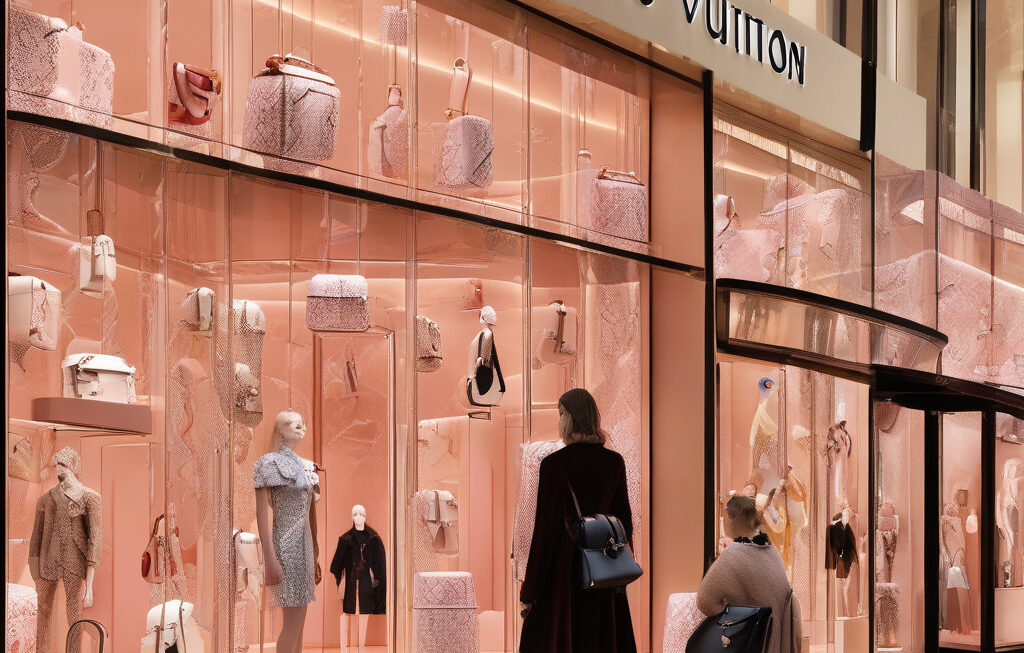The Gulf Between Winners and Losers in Luxury: Analyzing the Impact of Wide Revenue Growth Results
As the luxury sector gears up for another earnings season, all eyes are on the performance of key players in the industry. Analysts are predicting a significant variance in revenue growth among luxury brands, setting the stage for a clear divide between the winners and the losers in this ever-competitive market.
The COVID-19 pandemic has undeniably reshaped the landscape of the luxury industry. While some brands have managed to pivot successfully, capitalizing on the shift to online shopping and adapting their strategies to meet changing consumer preferences, others have struggled to stay afloat in the face of unprecedented challenges.
One of the key factors that will determine the success or failure of luxury brands this earnings season is their ability to resonate with consumers in a post-pandemic world. With economic uncertainty still looming large and consumer priorities shifting towards more value-driven and sustainable purchases, brands that have managed to realign their offerings accordingly are expected to emerge as the frontrunners.
For instance, companies that have invested in digital innovation and omnichannel experiences are likely to report strong revenue growth, as they continue to capture market share in an increasingly digital-first environment. On the other hand, brands that have been slow to adapt to the new normal or have failed to differentiate themselves from the competition may find themselves lagging behind.
Take, for example, the success story of luxury fashion house Burberry. Despite facing challenges during the pandemic, the brand made significant investments in e-commerce and social media marketing, which paid off handsomely. By leveraging digital channels to engage with consumers and deliver personalized shopping experiences, Burberry was able to not only weather the storm but also drive revenue growth in the midst of adversity.
In contrast, brands that have relied heavily on traditional brick-and-mortar retail without a strong digital presence have found themselves struggling to connect with consumers who are increasingly turning to online platforms for their shopping needs. These companies are now playing catch-up in an attempt to bridge the gap and regain lost ground in a fiercely competitive market.
As we await the earnings reports of luxury brands in the upcoming season, it is clear that the gulf between the industry’s winners and losers is widening. Those that have embraced change, innovation, and consumer-centric strategies are poised to come out on top, while others may find themselves grappling with declining revenues and market share.
In conclusion, the upcoming earnings season will serve as a litmus test for the luxury industry, separating the outperformers from the laggards based on their ability to adapt, evolve, and meet the evolving needs of today’s discerning consumers. The stakes are high, and only time will tell which brands will emerge victorious in this fiercely competitive landscape.
luxury, winners, losers, revenue growth, analysts












